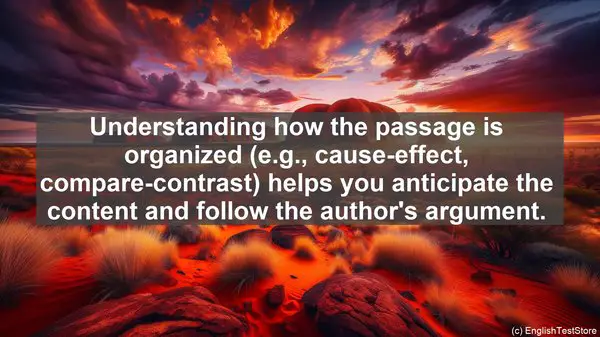1. Skim and Scan
Before delving into the details, quickly skim the passage to get an overview. Then, use scanning to locate specific information. This saves time and provides context.
2. Identify the Structure
Understanding how the passage is organized (e.g., cause-effect, compare-contrast) helps you anticipate the content and follow the author’s argument.
3. Highlight Key Words
Marking important terms and phrases while reading helps you stay focused and aids in later reference. It also assists in comprehending the main ideas.

4. Pay Attention to Signposts
Transitional words like ‘however’ or ‘in contrast’ signal shifts in the text. Being aware of these markers enhances your understanding of the author’s message.
5. Break Down Complex Sentences
Long sentences can be intimidating. Break them into smaller chunks, identify the subject and verb, and understand the relationships between clauses.
6. Use Context Clues
Encountering an unfamiliar word? Look for clues in the sentence or surrounding text. The context often provides hints about the word’s meaning.

7. Predict the Answer
Before reading the answer choices in a question, try to come up with your own. This prevents bias and helps you select the most accurate option.
8. Practice Active Reading
Engage with the text by asking questions, making connections, and summarizing key points. Active reading promotes deeper understanding and retention.
9. Review and Reflect
After completing a passage, take a moment to summarize the main ideas and evaluate your comprehension. This reinforces learning and identifies areas for improvement.
